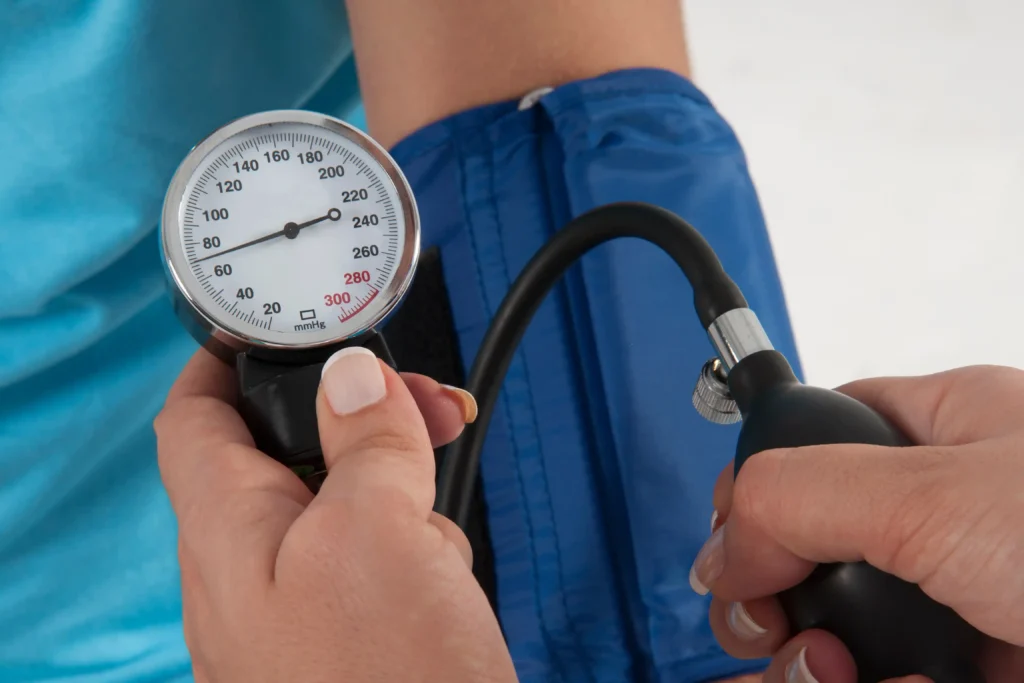Knowing how to accurately refer to medical equipment is essential for healthcare professionals working with Spanish-speaking patients. When it comes to a blood pressure cuff, there are three different ways to say it in Spanish, each with its specific use and context.
1. Esfigmomanómetro
The term “esfigmomanómetro” refers to the entire device used to measure blood pressure, including both the cuff and the gauge. This term is commonly used in medical settings, particularly in written instructions or formal communications.
Example Sentence:
- “El médico usó un esfigmomanómetro para medir mi presión arterial.”
(The doctor used a blood pressure cuff to measure my blood pressure.)
2. Manguito de Presión
“Manguito de presión” specifically refers to the cuff part of the device, not the entire machine. This term is often used when the focus is on the cuff itself, such as when discussing its placement or function.
Example Sentence:
- “Asegúrese de colocar el manguito de presión correctamente alrededor del brazo.”
(Make sure to place the blood pressure cuff correctly around the arm.)
3. Tensiómetro
“Tensiómetro” is a more commonly used term in everyday language and can refer to either the whole blood pressure monitor or just the cuff, depending on the context. It is the term you’ll most likely hear in casual conversations or in less formal medical settings.
Example Sentence:
- “Voy a usar el tensiómetro para medir su presión arterial.”
(I’m going to use the blood pressure cuff to measure your blood pressure.)
When to Use Each Term
- “Esfigmomanómetro” is the most technical term and is often used in formal medical settings.
- “Manguito de presión” is used when focusing specifically on the cuff portion of the device.
- “Tensiómetro” is versatile and can be used in both formal and informal contexts to refer to the blood pressure device.
Understanding the different terms for “blood pressure cuff” in Spanish can help you communicate more effectively with your Spanish-speaking patients. Whether you’re referring to the entire device with “esfigmomanómetro,” focusing on the cuff with “manguito de presión,” or using the more common term “tensiómetro,” knowing when and how to use these terms will enhance your medical interactions.




